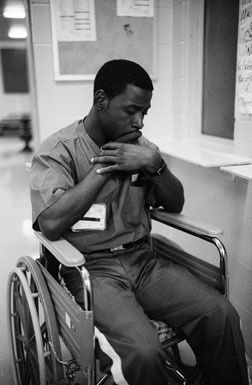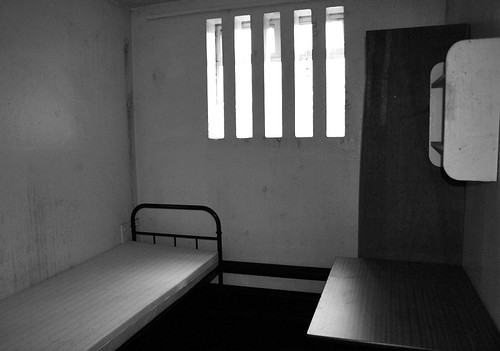State courts are not just another government agency. They are at the center of the nation’s legal system and enforcement of the rule of law, handling more than 95 percent of all civil and criminal litigation. This vital institution — constitutionally, an independent, co-equal branch of government — has been spiraling into crisis as cash-starved states struggle with huge deficits.
In a sobering speech earlier this month at a gathering of the New York City Bar Association, Margaret Marshall, the chief justice of the Massachusetts Supreme Judicial Court, warned that because of budget cuts in tough economic times, state courts across the country stand at “the tipping point of dysfunction.”
Chief Justice Marshall’s sense of alarm is well founded. Reductions in financing have led to some overdue efficiencies that states might not have made if the recession had not forced their hands. But in too many cases, the cuts are already impeding core court functions, forcing court closures, shortened court hours and a tangible narrowing of access to justice.
A New York Time editorial from Tuesday. Tom



 JUSTIN IDE/HARVARD NEWS OFFICE
JUSTIN IDE/HARVARD NEWS OFFICE


![texasdoubtsdeathpen.jpg ["Old Sparky", the decommissioned electric chair in which 361 prisoners were executed between 1924 and 1964, at the Texas Prison Museum in Huntsville, Texas. (AFP/File/Fanny Carrier)]](http://www.commondreams.org/files/article_images/texasdoubtsdeathpen.jpg) "Old Sparky", the decommissioned electric chair in which 361 prisoners were executed between 1924 and 1964, at the Texas Prison Museum in Huntsville, Texas. (AFP/File/Fanny Carrier)
"Old Sparky", the decommissioned electric chair in which 361 prisoners were executed between 1924 and 1964, at the Texas Prison Museum in Huntsville, Texas. (AFP/File/Fanny Carrier)


